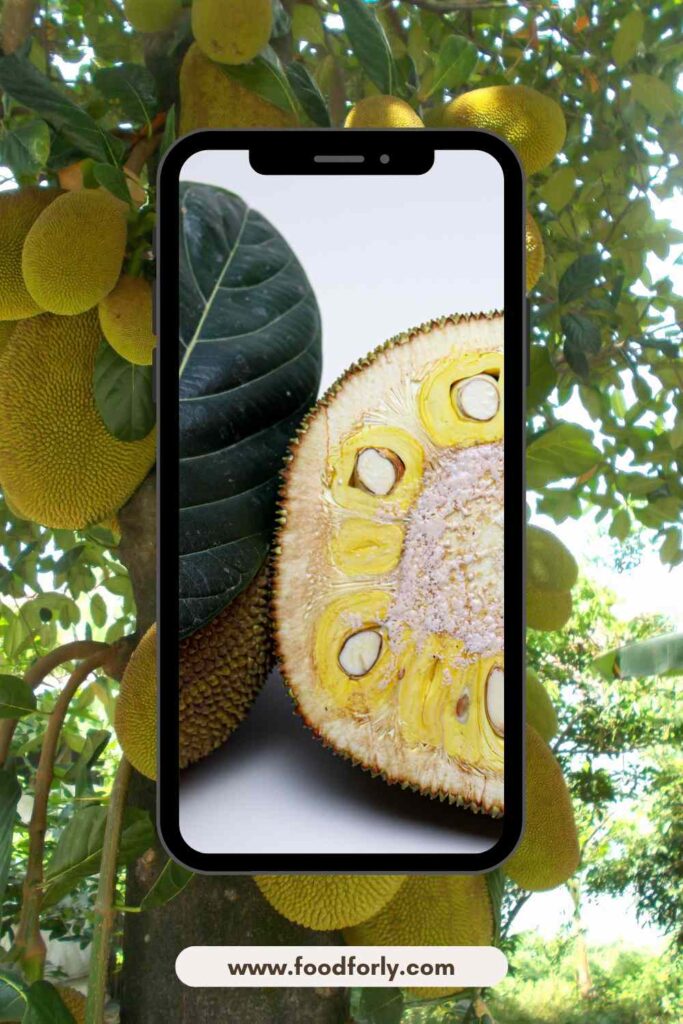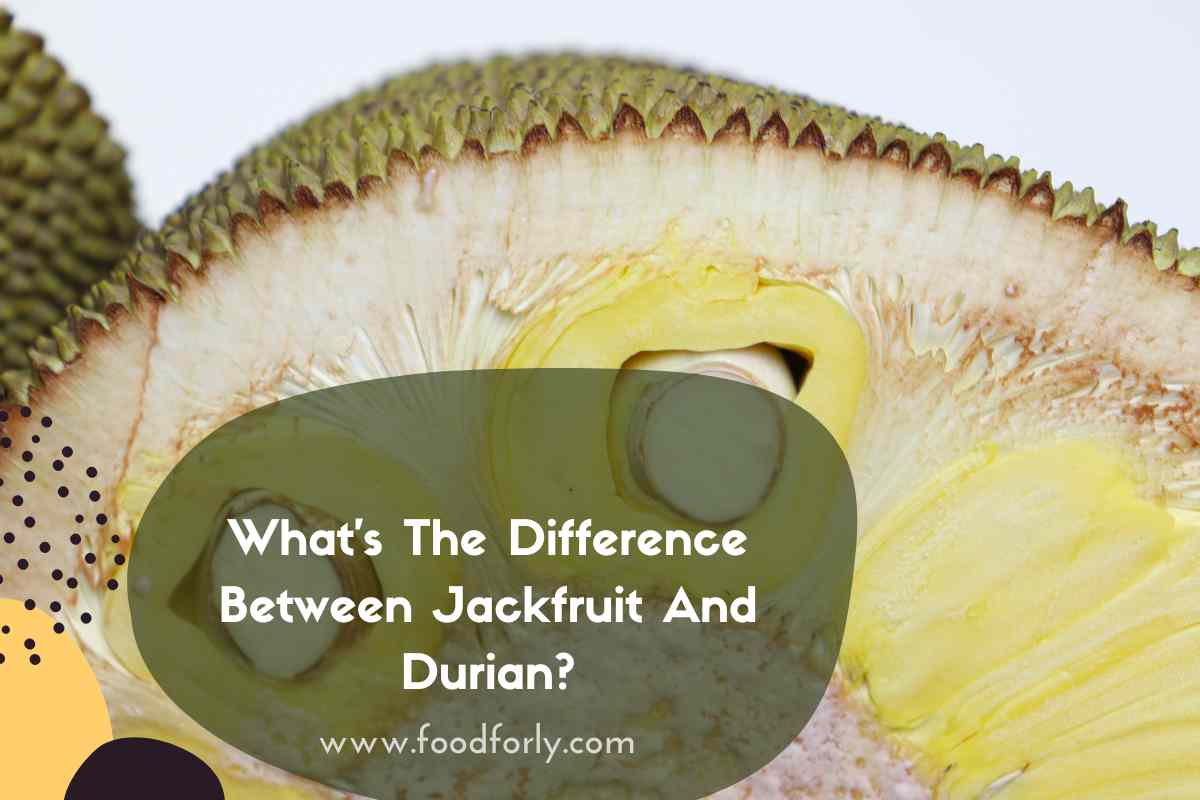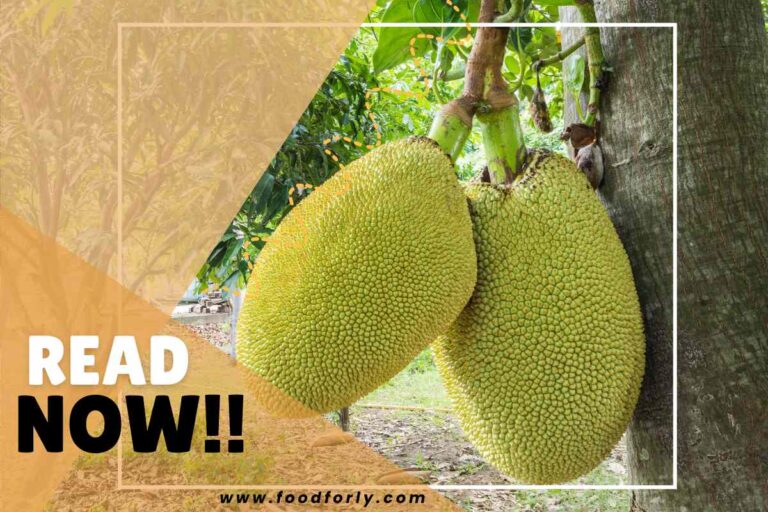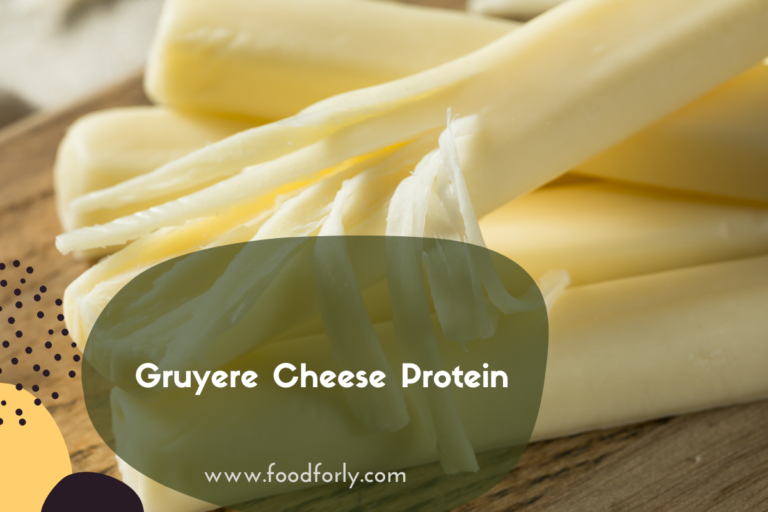What’s The Difference Between Jackfruit And Durian?
What’s The Difference Between Jackfruit And Durian?Jackfruit and durian are both tropical fruits that are native to Southeast Asia, but they differ significantly in terms of their appearance, flavor, and texture. Here are some key differences between jackfruit and durian:
Appearance:
Jackfruit: Jackfruit is a large fruit that can reach up to 80 pounds (36 kilograms) in weight. It has a spiky green or yellowish-brown rind with a bumpy texture. Inside, it contains numerous fleshy yellow or orange edible bulbs, known as arils, which surround the large seeds.
Durian: Durian is a large, thorny fruit that is known for its distinctive odor. It can weigh between 2 to 7 pounds (1 to 3 kilograms). The outer shell of the durian is covered in sharp spiky thorns, and its color can range from green to brown. Inside, it contains creamy, custard-like flesh that surrounds several large seeds.
Flavor and Aroma:
Jackfruit: Jackfruit has a mildly sweet and tropical flavor, similar to a combination of pineapple, mango, and banana. It is often described as having a subtle taste that is slightly tangy and fragrant.
Durian: Durian has a divisive reputation due to its strong aroma, which some people find unpleasant or overpowering. The flavor of durian is complex and can vary depending on the variety, but it is generally rich, creamy, and custard-like with hints of sweetness and notes of onion or garlic.

Texture:
Jackfruit: The texture of ripe jackfruit is soft and chewy, similar to that of a ripe mango or pineapple. The arils are juicy and have a fibrous, stringy texture.
Durian: The texture of durian flesh is creamy and custard-like, often compared to a soft cheese. It is sometimes described as buttery or silky. The flesh can be a bit fibrous or stringy near the seeds.
Culinary Uses:
Jackfruit: Jackfruit is often used as a meat substitute in vegetarian and vegan recipes due to its fibrous texture. It can be used in savory dishes like curries, stir-fries, and barbecue-style preparations, as well as in desserts and sweet dishes.
Durian: Durian is primarily eaten fresh and is considered a delicacy in Southeast Asia. It is commonly consumed as-is or used in various desserts, cakes, ice creams, and candies. In some cultures, it is also used in savory dishes or incorporated into traditional recipes.
It’s important to note that both jackfruit and durian have unique characteristics, and people’s preferences for these fruits can vary greatly due to the strong aroma of durian and the distinct flavor and texture of jackfruit.
What Is The Difference Between A Jackfruit And A Durian?
The main differences between jackfruit and durian are:
Appearance:
Jackfruit: Large, spiky green or yellowish-brown rind with fleshy yellow or orange arils inside.
Durian: Large, thorny fruit with a spiky outer shell and creamy, custard-like flesh inside.
Flavor and Aroma:
Jackfruit: Mildly sweet with a tropical flavor reminiscent of pineapple, mango, and banana.
Durian: Strong and divisive aroma, complex flavor with hints of sweetness, and sometimes onion or garlic notes.
Texture:
Jackfruit: Soft and chewy with fibrous, stringy arils.
Durian: Creamy, custard-like flesh that is buttery and silky, often with some fibrous texture near the seeds.
Culinary Uses:
Jackfruit: Used as a meat substitute in vegetarian/vegan dishes, used in both savory and sweet recipes.
Durian: Primarily eaten fresh, used in desserts, cakes, ice creams, and candies, also used in some savory dishes.
These are the key differences between jackfruit and durian in terms of appearance, flavor, texture, and culinary uses.
How To Pronounce Durian?
Durian is pronounced as “doo-ree-uhn.” The emphasis is on the second syllable, and the “u” sounds like the “oo” in “moon.”
Is A Durian And Jackfruit The Same Thing?
No, durian and jackfruit are not the same thing. Durian and jackfruit are two distinct fruits, although they do share some similarities.
Durian:
Durian is a tropical fruit known for its distinctive spiky exterior and strong odor.
It has a creamy, custard-like flesh that is yellow or pale in color.
The flavor of durian is complex, often described as rich, sweet, and creamy, with hints of onion or garlic.
Durian is native to Southeast Asia and is highly regarded in that region.
Jackfruit:
Jackfruit is also a tropical fruit, but it has a larger size compared to durian and a different appearance. It has a spiky green or yellowish-brown rind.
The flesh of jackfruit is fibrous and has a yellow or orange color.
Jackfruit has a mild, sweet flavor with tropical notes, often compared to a combination of pineapple, mango, and banana.
Jackfruit is native to South Asia and is widely used as a meat substitute in vegetarian and vegan dishes due to its fibrous texture.
While both durian and jackfruit are large tropical fruits with unique characteristics, they are different in terms of appearance, flavor, and texture.
Does Jackfruit Smell As Bad As Durian?
No, jackfruit does not have the same strong and pungent odor as durian. While durian is notorious for its overpowering smell, often described as a mix of rotten onions, gym socks, and sweet fruit, jackfruit has a milder and more pleasant aroma.
Some people compare the scent of ripe jackfruit to that of a combination of tropical fruits like pineapple and mango. While jackfruit does have a distinct aroma, it is generally considered much more tolerable and appealing than the strong smell of durian.
How Does Durian Taste?
The taste of durian is unique and often described as a love-it-or-hate-it experience. The flavor of durian can vary depending on the variety and level of ripeness, but here are some common characteristics:
Rich and Creamy: Durian has a creamy and custard-like texture that melts in the mouth. The flesh is buttery and can be quite smooth.
Sweetness: Durian is known for its natural sweetness. The level of sweetness can range from mild to intense, depending on the variety and ripeness.
Complex Flavor: Durian has a complex flavor profile. It is often described as having hints of tropical fruits like pineapple, mango, and banana. Some varieties may also have subtle notes of citrus or caramel.
Onion or Garlic Undertones: One distinguishing characteristic of durian is its occasional onion or garlic undertones. These flavors can vary between varieties and are more pronounced in some than others.
It’s important to note that durian’s taste is highly subjective, and opinions about its flavor can vary widely. Some people absolutely adore the rich, sweet, and unique taste of durian, while others find it overpowering or off-putting.
Why Is Durian An Expensive Fruit?
Durian is considered an expensive fruit due to several factors:
Limited Availability: Durian has a limited growing region, primarily in Southeast Asia, which affects its availability in other parts of the world. This limited supply increases the price of durian in areas where it is not locally grown.
Labor-Intensive Harvesting: Durian trees are large and can reach heights of up to 40 meters, making harvesting labor-intensive. The spiky exterior of durian requires careful handling during harvesting, which adds to the overall cost.
Short Shelf Life: Durian has a short shelf life once it is ripe and can spoil quickly, making transportation and distribution more challenging. This limited storage time and the need for expedited handling can contribute to higher prices.
High Demand: Durian has gained popularity, especially in Asian markets, due to its unique flavor and texture. The high demand for durian, combined with limited supply, leads to higher prices.
Cultivation Challenges: Durian trees have specific requirements for growth, including a tropical climate, well-drained soil, and proper pollination. These factors contribute to the difficulty and cost of cultivating durian.
These factors collectively contribute to the higher price of durian compared to other fruits, making it relatively more expensive in many markets.
Why Is Durian Banned?
Durian is not universally banned, but there are certain places and situations where its consumption or possession may be restricted. The reasons for such restrictions can vary, but here are some common factors:
Strong Odor: Durian has a powerful and distinctive odor that can be offensive to some people. In enclosed spaces, such as public transportation, hotels, or airplanes, the odor can be disruptive and unpleasant for others. To maintain a pleasant environment for everyone, some establishments or modes of transportation may ban durian.
Allergies: Although rare, some individuals may have allergies or sensitivities to durian. In severe cases, exposure to durian can lead to allergic reactions, including difficulty breathing, hives, or anaphylaxis. To prevent allergic incidents, certain places may prohibit durian consumption.
Cultural Considerations: In certain cultural contexts, the strong odor or other aspects of durian may clash with local customs or preferences. As a result, specific cultural or religious establishments may choose to ban durian to uphold their traditions and practices.
It’s important to note that durian bans are not widespread, and in many regions where durian is popular, such as Southeast Asia, it is widely consumed and embraced. However, in specific locations or circumstances, restrictions on durian may be implemented for the reasons mentioned above.
Is Durian A Male Or Female?
Durian is neither male nor female. It is a type of fruit that is produced by durian trees. Like many fruit-bearing plants, durian trees produce flowers that contain both male and female reproductive parts.
The flowers are pollinated, and after successful fertilization, the fruit develops. So, durian itself is not categorized as male or female, but rather the tree produces both male and female flowers necessary for fruit production.




